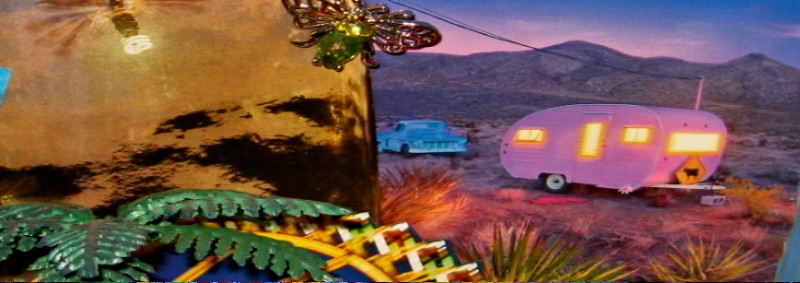Olga Suvorova is a very well-known & internationally acclaimed Russian Master.
Olga was born in St. Petersburg, Russia in 1966. She studied monumental composition at the famous St. Petersburg Academy of Fine Arts. Her career has been greatly influenced by her parents, both highly praised artists in St. Petersburg.
Other sources of influence include Gustav Klimt, Piero Della Francesca, and traditional Russian icons. Olga's talent & overwhelming response to her work led & was rewarded with a unique solo exhibition in St. Petersburg Art Academy in the spring of 1990 where her paintings were received with great enthusiasm and praise; in 1993 she was awarded the first prize of the year. She also was honored with President’s Yeltsin's Artist prize from a competition among more than 3,000 artists.
Nowadays Olga is an accomplished artist, a well recognized master, possessing her own inimitable, easily recognizable style, and a member of the Union of Artists of Russia.
It is for her stirring portraits that Olga first gained her reputation in Russia, and then abroad. These paintings have a startling vitality. Filled with warmth and harmony, the paintings of Olga make the viewer’s soul kinder and more compassionate. Her paintings of the players in "Comedia dell’arte" have a lasting quality. Her style can be more realistic in the historical depictions but it is strongly impressionistic in other scenes. In her paintings Olga sometimes uses silk fabrics for costume details. Recently she has produced a series of magnificently detailed screens which have been widely praised and collected.
She exhibits regularly in Paris and London. Olga has also exhibited in Italy, Germany, Sweden, Finland, France, Britain, Ireland, China, and the USA. Her work is highly regarded and acquired by galleries and serious art collectors around the globe.

